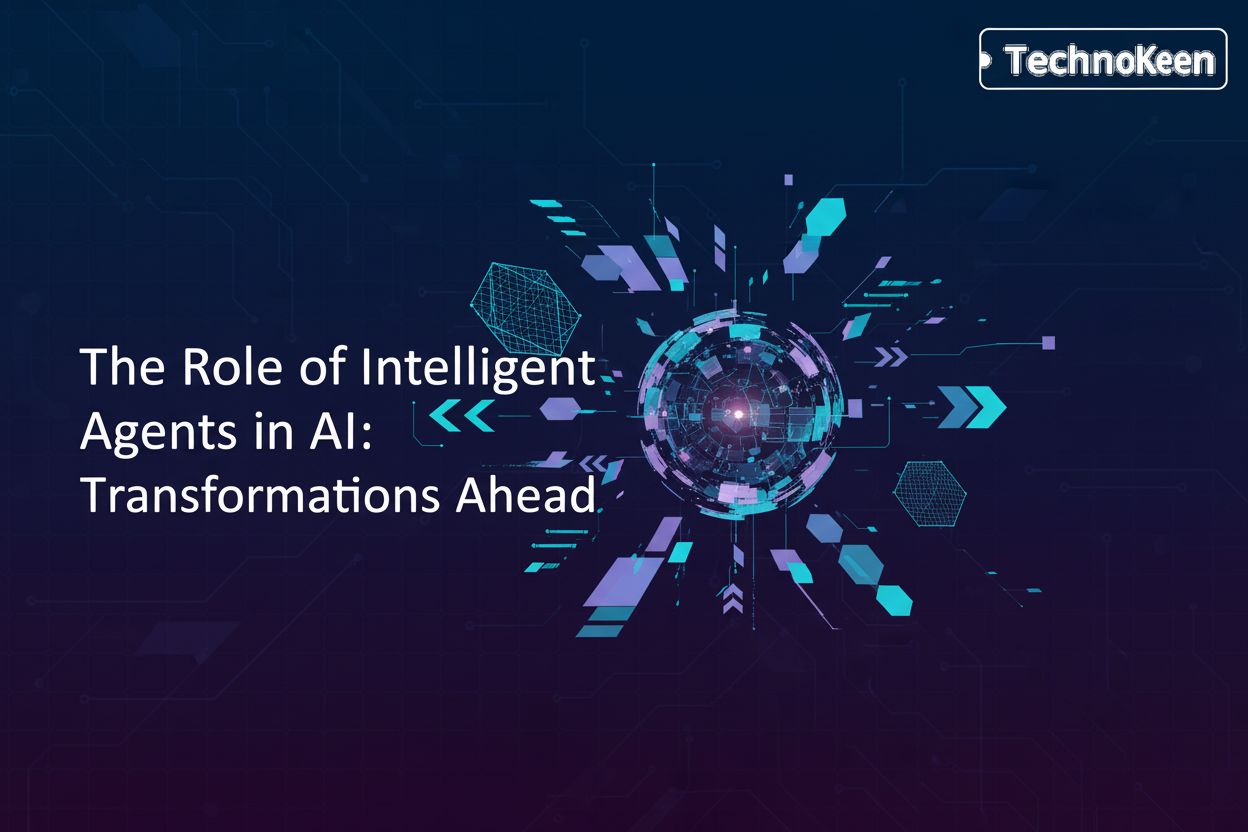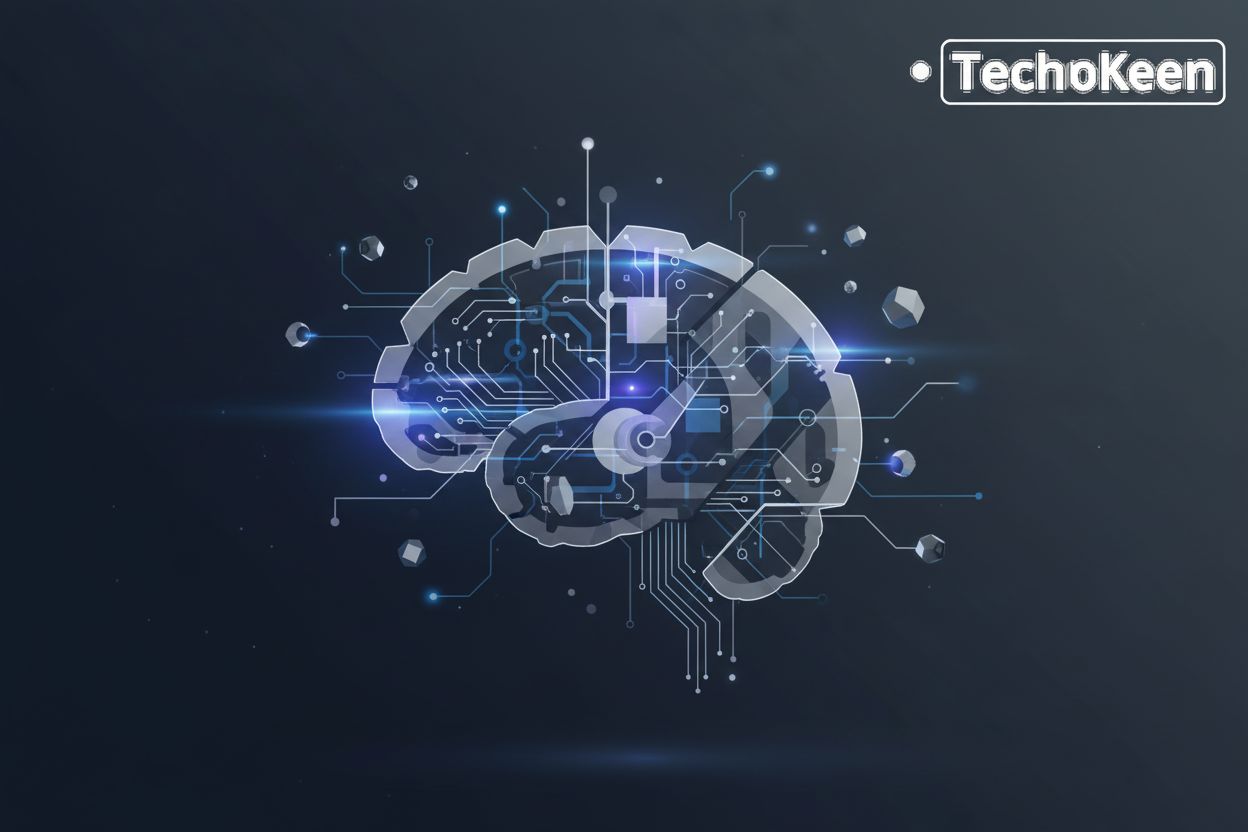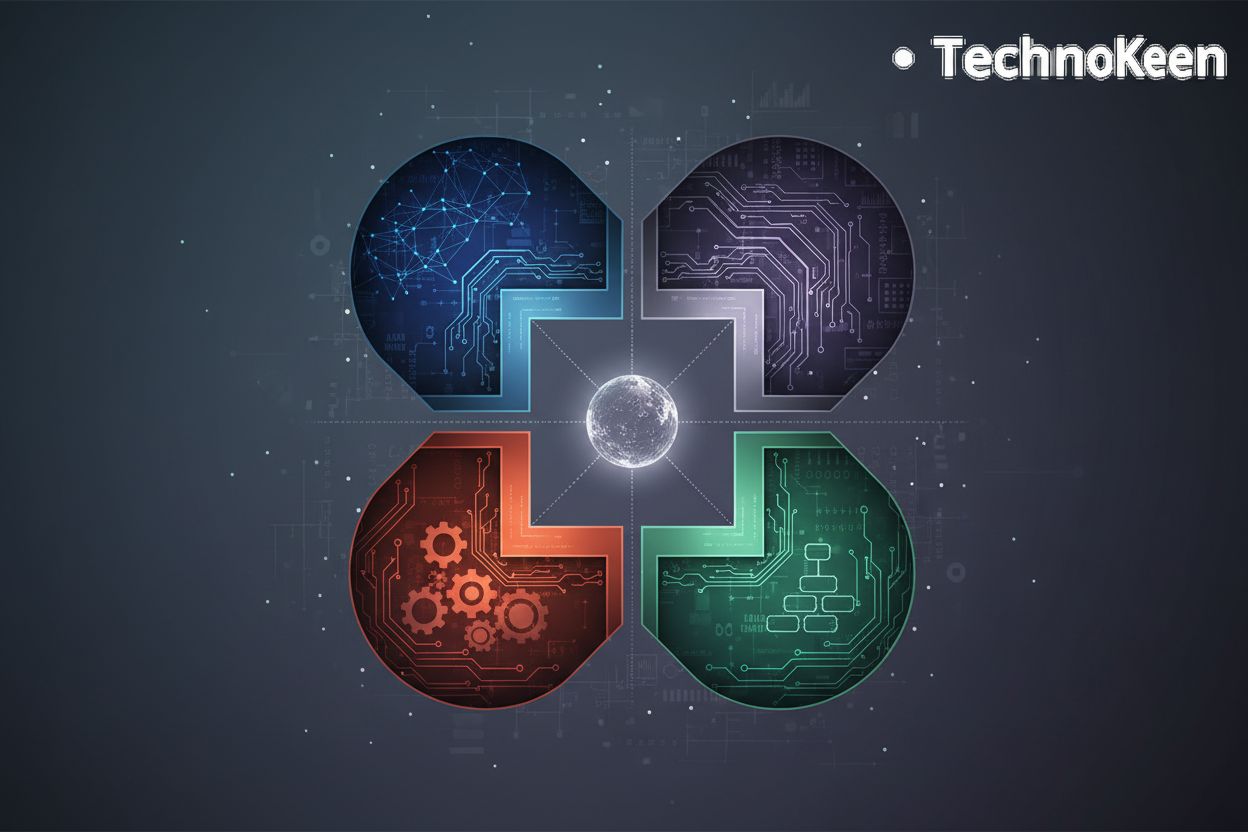An Overview of BDI Architecture in AI Systems
TL;DR
Introduction to BDI Architecture
Ever wonder how ai agents make decisions that seems, well, kinda human? That's where BDI architecture comes in, it's a game changer because it models goal-directed behavior and reasoning in a way that's more like how we humans think. Instead of just reacting to stimuli, BDI agents have internal states – beliefs, desires, and intentions – that drive their actions, allowing for more complex and nuanced decision-making.
- Beliefs: This is the AI's understanding of the world. Like, "the coffee machine is broken...again."
- Desires: What the AI wants to achieve. Maybe it needs to write a report or, ya know, get coffee!
- Intentions: The AI's plan to get those desires met. So, find another coffee source, or fix the machine.
Basically, BDI tries to mimic human reasoning. (Understanding BDI Agents in Agent-Oriented Programming - SmythOS) Next up, why this is actually useful.
Core Components of BDI Architecture
Okay, so, you might be wondering how these BDI agents actually think. (Belief–desire–intention software model - Wikipedia) It's all about beliefs, desires, and intentions, right? But how do they work together?
While beliefs, desires, and intentions are the building blocks, their true power lies in how they interact. This interaction forms a continuous cycle that drives the agent's behavior.
- Beliefs are like the agent's world-view. It's their understanding of, well, everything. Think of it as the agent constantly scanning data from sensors and other sources. For example, a belief about a problem, like "the coffee machine is broken," might create a desire to solve it. In a healthcare setting, an agent might believe "patient X's heart rate is elevated." This belief then informs its next move.
- Desires are the agent's goals. What it wants to achieve. But here's the kicker: desires aren't always simple. An agent in retail might have conflicting desires, like "maximize sales" vs "provide excellent customer service." Prioritizing these is key! A strong desire, like "I really need coffee," might lead to forming an intention to act.
- Intentions are the agent's plan. It's how the agent commits to acting on its desires, given its beliefs. For example, in finance, an agent might intend to "execute a trade" based on its belief that "market conditions are favorable" and its desire to "increase portfolio value."
See, it's a cycle. Beliefs inform desires, which drive intentions. And it all keeps looping. Kinda like life, huh?
Next, we'll look at how these intentions are maintained and revised.
The BDI Reasoning Cycle
Okay, so the agent's got these desires floating around, right? But how does it pick which one to actually go for? It's not like it can do everything at once — or maybe it can, that'd be cool!
The BDI reasoning cycle is how the agent manages its internal states and decides what to do.
- Intention Selection: This is where the agent uses its beliefs and desires to choose which intention to pursue. It's like looking at all the things you want to do and all the things you know, and then picking the most important or feasible thing to focus on right now.
- Execution: Once an intention is selected, the agent actively tries to carry out that plan. It's the "doing" part, where the agent interacts with its environment to achieve its goal. During execution, the agent monitors its progress and the environment.
- Rethinking Things: This involves updating beliefs and potentially revising intentions based on new information or if the current plan isn't working. It's like when you think you know how to get somewhere, then realize you're totally lost and got to use google maps. The agent realizes its plan needs adjustment or a new intention needs to be formed.
Next, we'll dive into how BDI agents keep track of all this stuff.
Applications of BDI Architecture in AI
BDI in business? Yeah, it's making waves. Imagine AI that gets what you want to do, not just what you tell it.
- Automating complex workflows? BDI can figure out the best path.
- Intelligent decision support? It's like having a super-smart advisor.
- Think invoice processing, but the AI actually understands the rules; not just blindly following steps.
Benefits and Challenges of BDI
So, BDI sounds great, but is it all sunshine and rainbows? Nah, not really. There's always a catch, right?
Smarter Decisions: BDI helps AI make more rational choices. Like, an agent in finance can weigh different market factors before executing a trade, instead of just reacting blindly. This can leads to better outcomes, less risks.
Adaptability: These systems can handle change better. Imagine a retail ai that can adjust its inventory plans on the fly when a competitor suddenly launches a sale. It's all about rolling with the punches.
Explainable AI: You can actually see why a BDI agent made a certain decision. The explicit representation of beliefs, desires, and intentions allows for tracing the agent's decision-making process. This makes it easier to understand why a particular action was taken, which is super important in fields like healthcare, where you need to understand the reasoning behind a diagnosis or treatment recommendation. It's not a black box.
Complicated Setup: Getting BDI up and running isn't a walk in the park.
Processing Power: All that reasoning takes up a lot of computing juice.
Defining the "Mind": Pinpointing beliefs, desires, and intentions can be tough. What does an ai really want? This difficulty can lead to agents that don't behave as intended or require extensive tuning to align their 'motivations' with desired outcomes.
Next up, we'll see where BDI is headed in the future.
Future Trends in BDI Research
So, where's BDI headed, anyway? It's not like AI research is standing still, right?
The future of BDI is increasingly about creating hybrid architectures that combine BDI's reasoning capabilities with other AI techniques. This 'mixing and matching' allows for more robust and intelligent agents. For example, we're seeing:
- Integrating machine learning for belief updating? That can help agents adapt to new info in real-time. For instance, a retail ai agent might use machine learning to predict product demand. The machine learning analysis might update the agent's belief from 'stock level is adequate' to 'stock level is likely to be insufficient within 24 hours,' which then influences its desires and intentions.
- Or consider using computer vision to feed beliefs into a BDI system. A security ai could use camera feeds to identify potential threats, and then the BDI part kicks in to decide how to respond.
But here's the thing: BDI can get kinda clunky, especially when you're dealing with complex systems. So, researchers are trying to make it more efficient and scalable. Researchers are exploring more efficient reasoning algorithms and distributed BDI systems.
- Imagine a supply chain ai using a distributed BDI system to manage logistics across multiple warehouses. Each warehouse has its own BDI agent, but they all communicate and coordinate to optimize the entire supply chain.
- And lets not forget scalability. What happens when your ai needs to handle thousands, or millions, of requests?
BDI has come a long way, but its still got a long way to go before it's running everything.




